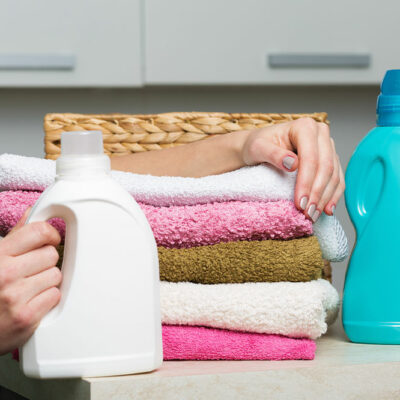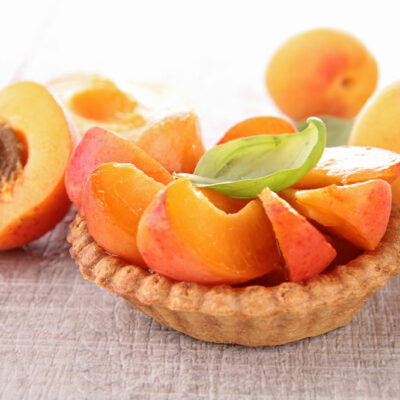
9 things home warranties do not cover
Homeowners are constantly concerned about the potential damage their property could suffer and the resulting expenses. They put a lot of effort and research into finding the right home warranty plans to protect them from such unexpected costs. To make the right choice, homeowners work on determining the kind of coverage a warranty can provide. It is, however, equally important to find out about the things a home warranty plan does not cover.
1. Outdoor items
Home warranties generally do not cover outdoor fixtures and amenities, such as swimming pools, spas, irrigation systems, or outdoor kitchens. These features are considered separate from the main structure of the home and require additional maintenance and upkeep in addition to the standard ones. Homeowners with outdoor amenities may need to explore specialized coverage options or maintenance plans to ensure comprehensive protection for these assets.
2. Cosmetic issues
Scratches and chipped paint can be annoying to look at and deal with. In warranty terms, this constitutes cosmetic damage to the property. It also includes any damage that results from the normal and daily wear and tear to the property. It is considered the homeowner’s responsibility to deal with this daily life damage. Home warranty companies do not take responsibility or provide coverage for such issues. It is important to note that any damage caused by the children or pets on the property will receive the same response from the company.
3. HVAC system
Another common thing most home warranties do not cover is the ventilation system, heating units, and central air conditioning systems. It may come as a surprise to some people since most consider home warranties a kind of system insurance. These days, some warranties have started to include these pieces of equipment. However, it is safer to read through the warranty details before purchasing. Even then, it will be hard to find coverage for secondary heating units or the AC. To ensure proper coverage, it is best to speak to the warranty provider and confirm what is included in the policy.
4. Improper installations
Home warranties may exclude coverage for issues resulting from improper installation, maintenance, or neglect. The warranty provider may deny the claim if a covered system or appliance fails due to improper installation or lack of routine maintenance. Homeowners need to adhere to manufacturer recommendations for installation, operation, and maintenance to preserve warranty coverage. If there is any confusion or doubt, it is best to get the appliance or equipment professionally installed. This will help prolong the lifespan of their home systems and appliances.
5. Garage doors and tracks
Almost every standard home warranty covers garage door openers. However, the problem arises when people realize the warranty does not cover the garage door or the tracks. Either way, homeowners should read the documents thoroughly before signing to check the terms and the items of the garage the warranty provides coverage for. In most cases, people must consider the homeowner’s insurance when they need coverage for the garage doors or tracks. The alternate option is to pay the expense out of pocket.
6. Pre-existing issues
Home warranties typically do not cover pre-existing issues. This means the warranty providers will not cover any issue that existed before the start of the warranty coverage. If a covered system or appliance exhibits signs of wear and tear or damage that occurred before the warranty was purchased, the repairs or replacements may be denied. It’s important for homeowners to thoroughly inspect their property and address any pre-existing issues before purchasing a home warranty to avoid potential coverage disputes later on.
7. Modifications or upgrades
Home warranties typically do not cover upgrades, modifications, or enhancements made to the home after the warranty coverage begins. If homeowners install new features or upgrade existing systems or appliances, these additions may not be covered under the original warranty plan. This includes installing new equipment, such as a high-end HVAC system, or upgrading to a smart home automation system. Homeowners should consult with their warranty provider to understand how home upgrades may impact their coverage. Upgrades would also require homeowners to take care of changes to the structural property per the building codes and based on the size and shape of the appliance. In some cases, the warranty provider may cover the installation but not the electrical changes that were done.
8. Rental properties
Many home warranty providers exclude coverage for properties used for commercial purposes or rental properties. Standard home warranty plans are typically designed for owner-occupied primary residences and may not extend to properties used for business or investment purposes. Homeowners with rental properties or vacation homes may need to explore specialized warranty options tailored to their unique needs and usage patterns.
9. Secondary damage
For instance, if the oven malfunctions and causes a fire in the kitchen, the primary damage to the stove would likely be covered by the home warranty. However, any secondary damage caused by the fire, such as smoke damage to surrounding cabinets or structural damage to the kitchen, would be the responsibility of the home insurance policy. In essence, a home warranty provides coverage for specific systems and appliances within the home. It typically does not extend to secondary damage resulting from covered incidents. For such secondary damage, homeowners rely on their home insurance policies to provide financial protection and assistance with repairs or replacements. By understanding the distinctions between home warranties and home insurance, homeowners can ensure comprehensive coverage to address various potential risks and incidents.


